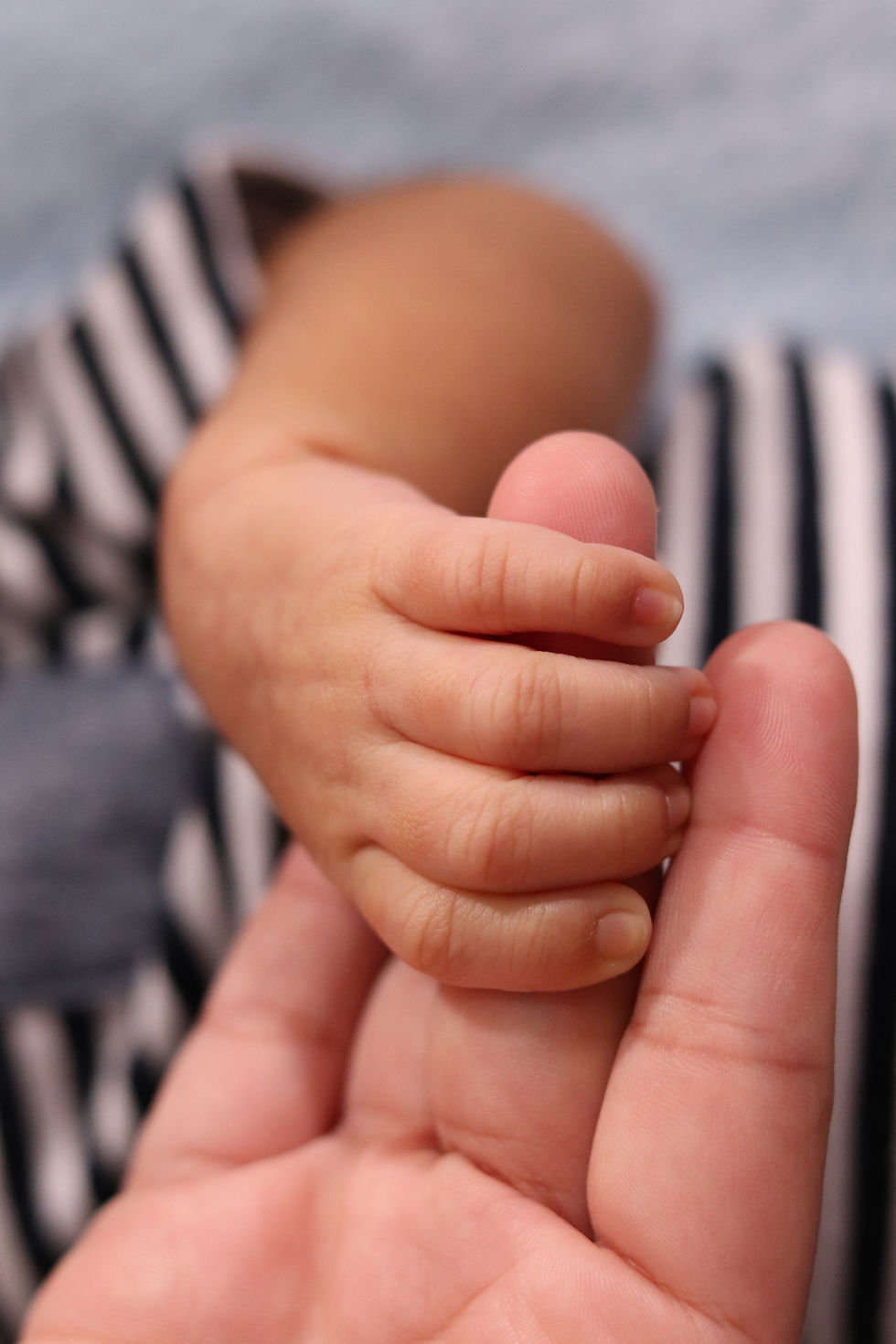Cesarean Section: When the Baby's Body Isn't Informed by Pelvic Passage
- Cédric Dehlinger

- Apr 17
- 1 min read
Updated: Sep 10

In Manual Therapy, birth is considered the first act of deep bodily structuring. Passing through the maternal pelvis is not just a way to "exit" the uterus. It is a process of mechanical and neurological encoding.
🔹 During a vaginal delivery, the baby's skull undergoes a series of physiological compressions and torsions as it comes into contact with the bony pelvis (sacrum, coccyx, ischial bones, pubis).
🔹 This progression is accompanied by an occipito-sacral thrust, a true dialogue between the infant's occipital bone and the maternal sacrum.
🔹 This pressure activates the baroreceptors, stimulates the vagal system, promotes the first breath, and begins to tighten the craniosacral axis.
But when a baby is born by scheduled cesarean section, they don't benefit from this experience.
👉 Common consequences observed in osteopathic practice:
Malformed skull, restricted sphenoid, blocked occiput
Reduced mobility of the reciprocal tension membranes
Sucking difficulties, neck stiffness, regurgitation
Sleep or digestive disorders
Delayed integration of motor patterns
Early postural disorders (hypertonia, hypotonia, functional scoliosis, etc.)
💡 Early osteopathic support, while respecting tissue memory, can help:
Release areas of cranial or pelvic restriction
Restore primary respiratory movement
Stimulate the craniosacral axis and intracranial membranes
Provide proprioceptive signals to the central nervous system
👶 Was your child born by cesarean section? Are you suffering from a bodily imbalance or persistent functional disorders?
📩 Feel free to write to me: I'm preparing a comprehensive report on the link between birth and posture—to illuminate, support, and release what birth left untransmitted.



